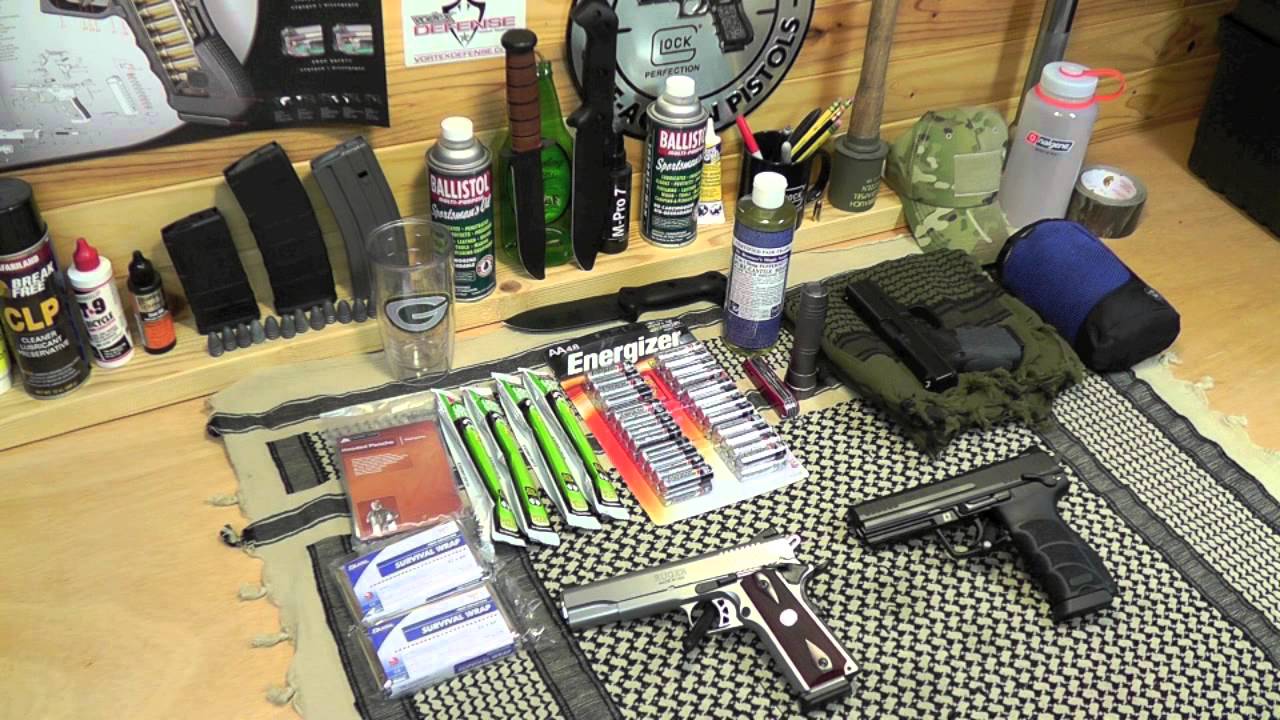
Preppers Guide to Building an Emergency Medical Kit
Having a complete first aid kit can be invaluable to anyone planning to take care of themselves and loved ones when a quick trip to a drug store or a visit to an urgent care center isn’t possible. Whether you are a backpacker or you are preparing for a national emergency, putting together and maintaining a medical kit will prepare you for almost any situation.
The first decision should be the bag or container itself. Will this be a personal kit or might you be caring for a larger group? What are your plans for a major emergency? Do you envision yourself remaining in your home, loading yourself and your family into a vehicle, or grabbing aa backpack and hitting the trail? Keep these variables in mind when selecting a medical bag or box.
Keeping track of what is in your kit will give you some piece of mind and lessen the chances of realizing you are missing something later. Keep a running inventory of the contents of the kit, complete with expiration dates. Many of the items named in this article will continue to be effective well beyond the expiration date; use your judgement as to when it is time to trade out an item for a fresh version.
One of the most common problems that may occur will be controlling pain. Choose the pain reliever you use most often, whether it is aspirin, ibuprofen, acetaminophen, or naproxen. Creams or ointments with pain relieving properties can be helpful also. We all know how miserable a toothache or other mouth pain can be, so a couple of tubes of benzocaine (such as Orajel) can be a godsend.
Contaminated water is not uncommon in a survival situation, so always keep a good supply of emergency water on hand. In a future article, I will discuss how to make your own water purification device. Because contaminated water can cause diarrhea and other digestive issues, it is helpful to include Pepto Bismal, Imodium, and electrolytes in your kit. Electrolytes will help if you become dehydrated due to vomiting or diarrhea.
Being able to treat wounds is absolutely essential. Untreated, a wound can become dangerously infected. Antiseptic wipes, burn cream, and antibiotic or antibacterial ointment are important items for any medical kit. Also, there is a product called QuickClot, which aids in stopping the bleeding from larger wounds. QuickClot comes as a powder or as a coated gauze.
Skin problems are more likely to occur in an emergency situation. Rashes, insect bites, and other skin irritations can escalate and go from causing mild discomfort to becoming seriously infected. Oral antihistamines (such as Benadryl or Allegra) are helpful when allergic reactions occur. Other items for skin irritations are anti-itch creams and fungal creams.
Having a well-stocked and organized survival medical kit can make your life safer and more comfortable when you have no local Walgreens to visit. Start building your kit today, and give yourself and your family some piece of mind.

Recent Comments